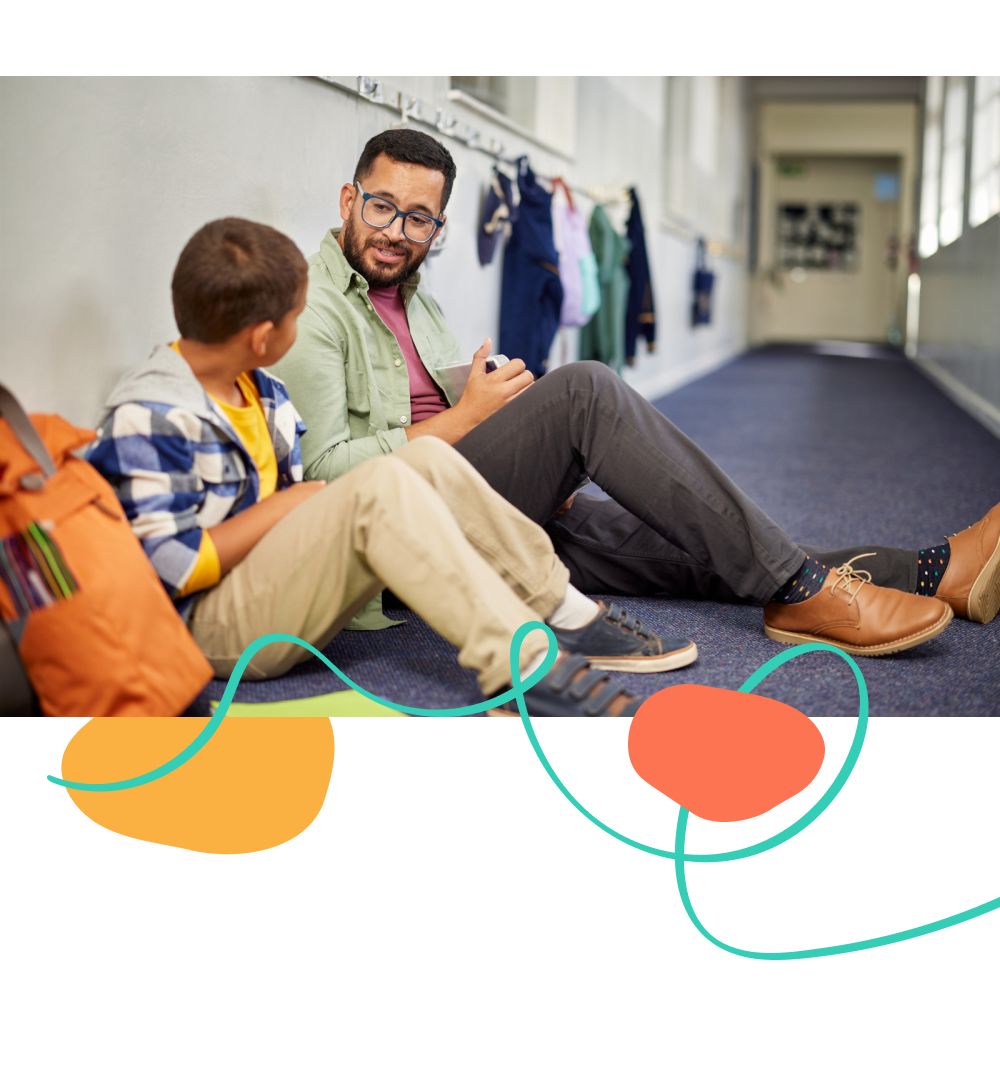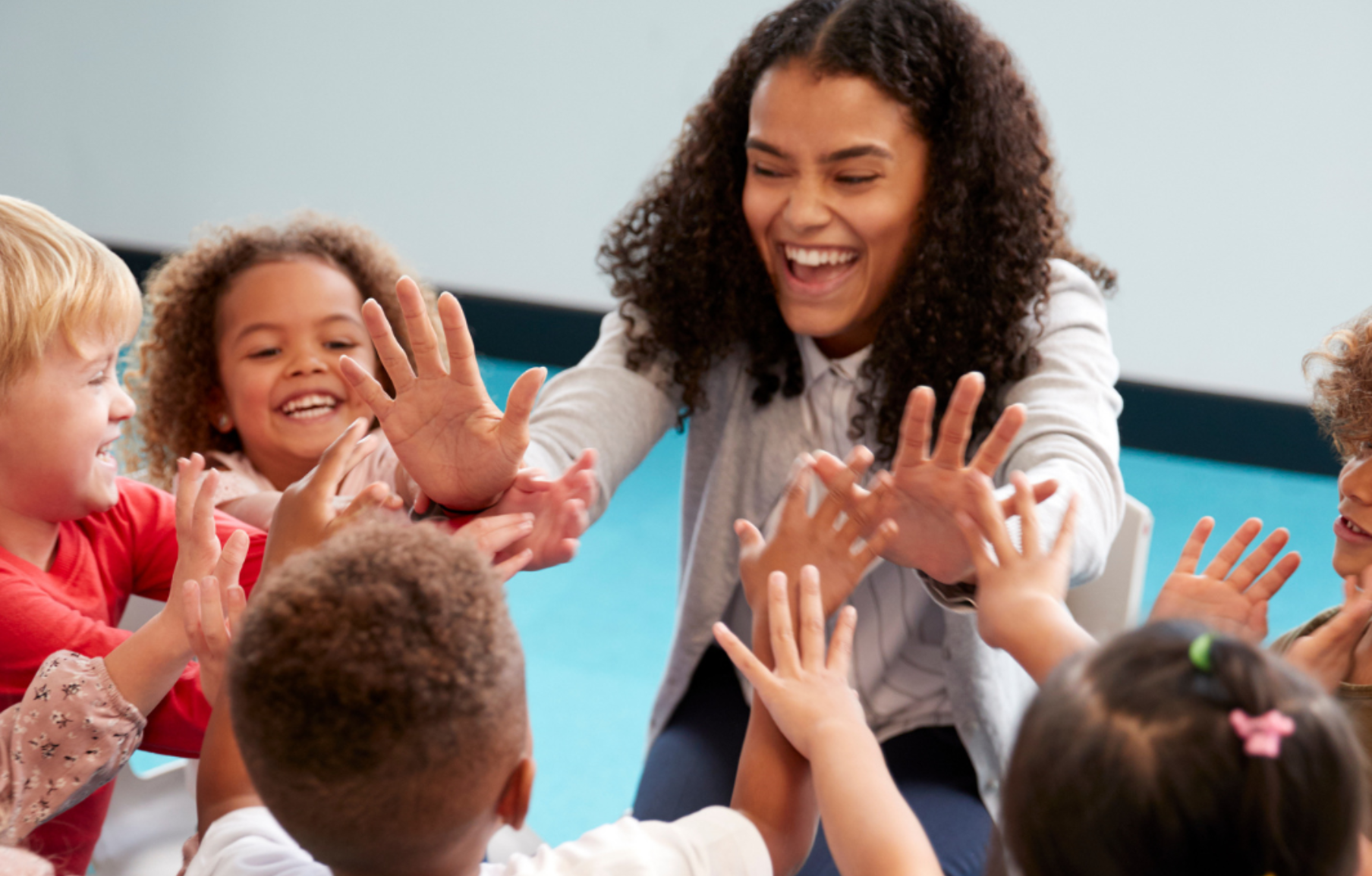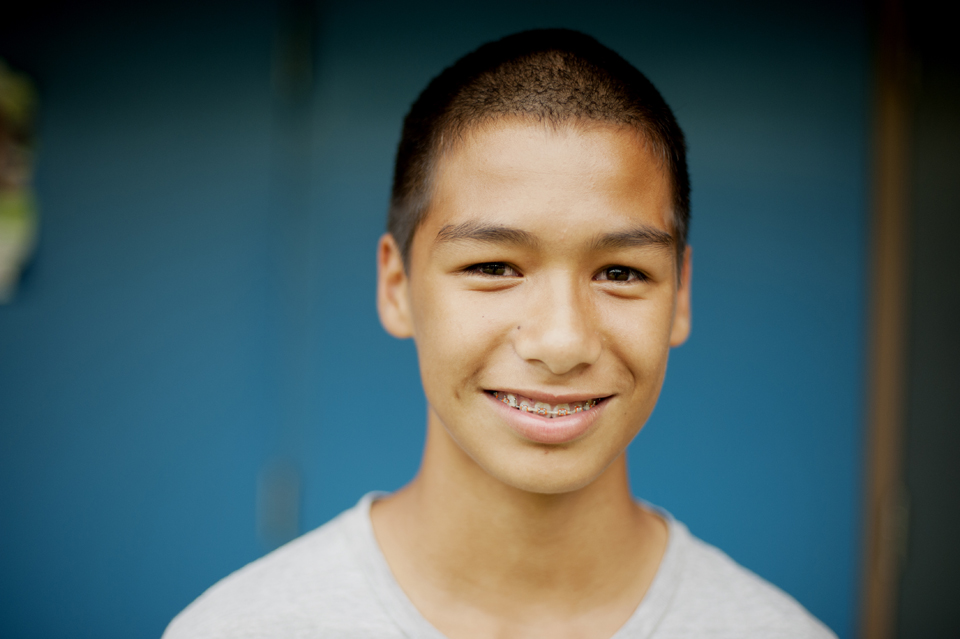It happens fast.
A pencil snaps. A chair screeches. A student erupts in anger, slamming a desk or shouting across the room. Your heart rate spikes. The energy in the room shifts. You feel it before you even process it.
That’s your nervous system going into high alert.
And in that moment, the most powerful tool you have isn’t your behavior chart or your teacher voice.
It’s your ability to regulate.
Because whether we realize it or not, our bodies are always teaching. And in the heat of a student outburst, your nervous system becomes the curriculum.
Dr. Ilana Nankin’s research on educator well-being found a direct, measurable link between teacher regulation and student outcomes. When teachers are dysregulated, it shows up in student behavior, emotional safety, and learning. But when educators can stay grounded, they not only de-escalate the moment, they model resilience, build trust, and shift classroom culture.
This is where the science of co-regulation comes in. You’ve felt it: a joyful student lights up the room. A tense one sets everyone on edge. Research calls it interpersonal limbic regulation: our nervous systems syncing in real time (Goleman, Boyatzis, & McKee, 2001). One person’s calm can literally reset another’s heart rate, hormone levels, and stress response.
These regulation strategies are part of a deeper set of human skills we need now more than ever in education. At Breathe For Change, we refer to this as Human Intelligence: the emotional, relational, somatic, and creative capacities that allow educators to lead with empathy, presence, and purpose. Regulation is a vital skill to develop human intelligence and equip us with the ability to feel, understand, and respond to what’s happening in our bodies in real time.
So the question isn’t whether dysregulation will happen in your classroom. It’s what your nervous system will teach in that moment.
Here are three regulation practices that can help you de-escalate outbursts without losing your own center.
1. Name It to Tame It
Dan Siegel coined this phrase, and for good reason: when students name what they’re feeling, their nervous systems begin to calm. This isn’t just cute. It’s neuroscience.
Why it works:
Labeling emotions reduces activity in the amygdala (the brain’s alarm system) and increases activity in the prefrontal cortex, helping us respond thoughtfully instead of reactively.
How to use it:
- Create a regular check-in routine where students write or select the word for what they’re feeling.
- Use tools like a Feelings Wheel, emoji scale, or check-in corner.
- When a student is visibly dysregulated, calmly reflect what you see:
- “You look really frustrated. Want to tell me about it?”
- “Your fists are clenched. That tells me you might be angry. Is that right?”
- “It seems like your body is really tense. Are you feeling upset or overwhelmed right now?”
- “I can tell something big is going on. Want to check in using the Feelings Wheel together?”

Implementation Tip:
Reflections will look different for different groups of students.
- For younger students: Use metaphors like weather such as “Is your inside feeling stormy or sunny right now?”
- For older students: You may acknowledge their desire for privacy by saying:
- “You don’t have to share everything, but do you know what you’re feeling right now?”
- “When I’m that quiet, I’m usually frustrated or shut down. Does that sound like you today?”
- Or use apps like mood meter or google forms to let them check in privateley
- For nonverbal or shy students: Offer choice like “Do any of these emojis match how you feel?”
This builds emotional literacy and emotional literacy builds safety.
2. Model the Reset
Students may not follow your directions during a chaotic moment, but they will track your emotional state.
Why it works:
Thanks to mirror neurons, students subconsciously mirror your breath, tone, and tension level. Your self-regulation is the co-regulation tool.
How to use it:
- Pause before reacting. Take one slow, visible breath. Relax your jaw. Drop your shoulders.
- Instead of snapping “Quiet and sit down!” in frustration, try pausing and saying: “I’m noticing my heart is racing. I’m going to take a breath so I can think clearly.” This models emotional awareness and shows students what regulation looks like in real time.
- Narrate what you’re doing: “I’m noticing I feel overwhelmed, so I’m going to take a deep breath before we continue.”
- Normalize this every day, not just when things go sideways.
Be the thermostat, not the thermometer.
3. Create a Calm Corner
When students are overstimulated, overwhelmed, or shut down, they often need a space to reset, not punishment or public discipline.
Why it works:
Having access to a calm space supports nervous system recovery and teaches students that emotional regulation is a skill, not a flaw. Reset spaces aren’t about avoiding accountability. They’re about teaching lifelong skills. Students who learn how to recognize and recover from emotional overwhelm are less likely to repeat disruptive behaviors.
How to use it:
- Set up a small area in the room as a “Calm Corner” with a few calming tools: visuals, breathing cards, fidgets, or soft lighting.
- Explain its purpose to the class: “This is a space to reset, not a place to be sent away.”
- Invite students to opt-in when they notice they’re overwhelmed.
- Use a pass system to avoid calling out students in front of peers.
A regulated space supports a regulated mind. And when students feel trusted to pause and return, they build self-awareness and ownership.

BONUS: Develop a Culture of Regulation
Regulation shouldn’t only happen after things go wrong. When students regularly practice tuning into their nervous systems, they build the tools to self-regulate before things escalate.
How to try it:
- Start class with a short grounding ritual. Three deep breaths. A “two-word check-in.” A 60-second body scan.
- Normalize language like “I need a break” or “I’m feeling dysregulated.”
When to use it: Every day, before it’s needed.
Closing Thoughts
You don’t need to be perfect to be a calm presence. You just need to be aware.
Students who feel emotionally safe are more available for learning. Regulation supports executive function, attention, working memory, and cognitive flexibility, which are all core skills for academic achievement. The more we practice co-regulation, the more we prepare students for both emotional resilience and academic success.
When your nervous system leads with groundedness, it sends a powerful signal: This is a safe space. We can feel hard things. And we can come back from them, together.
Because your presence isn’t just part of your classroom management plan. It is the plan.
Our Human Intelligence Certification for Educators dives deeper into the emotional, relational, and somatic skills that help you stay grounded and help your students thrive. Learn more about the certification here.





